On 11 February, Europe celebrates 112 Day, dedicated to raising awareness of the common European emergency number 112. #112Day2018 is 2 days away but it’s never too early to talk about the life-saving number.
After all, more than half of Europeans do not know they can dial 112 anywhere in the EU.
The European Commission published today a communication dedicated to emergency location, specifically Advanced Mobile Location (AML). But do you know what AML is or what it can do for you?
If you think this has nothing to do with you, let us prove otherwise.
The tale of location
Chapter 1: A universal problem
Inaccurate emergency location is an issue for countries around the world. In an emergency every second counts. But when rescuers receive inaccurate location data from a caller, they cannot send help fast enough.This costs time, money and, most importantly, lives.
Chapter 2: AML is born
Aware of this, UK emergency services developed a protocol that uses the mobile phone to send location information to rescuers. The protocol was named Advanced Mobile Location, or AML. AML improved location data dramatically, often being 4,000 times more accurate.
Chapter 3: The potential
AML could save many lives but one issue remained: the technology needed to be enabled in each mobile device as it was manufactured. Such an process could prove ineffective and time consuming.
Chapter 4: Meet ELS – Google’s version of AML
In 2016, Google announced that Android phones would automatically enable Emergency Location Service (ELS), Google’s version of AML. If a country wants to activate it, they simply need to request activation and prepare their emergency centres to receive location information. Learn more.
Chapter 5: Is ELS working in your country?
ELS is fully operational in 9 countries world-wide, 7 of them being in the EU. Accurate location saves lives all over the map, with many success stories.
Chapter 6: Lifetime achievement award
In April 2017, John Medland, the “father” of AML, received a Lifetime Achievement Award for his contribution to citizen’s safety during the 112 Awards 2017.
Chapter 7: AML gets front seat in public debate on EU law
In September 2017, the European Parliament amended an EU legislative proposal currently debated by EU institutions to include a provision on handset-based location, or AML.
Chapter 8: iPhone to enable AML functionality
January 2018: Apple announced that from spring 2018 iPhone will also be able to provide AML locations to emergency services in countries where the technology is deployed, increasing significantly the percentage of citizens that can benefit from it – and helping save more lives.
Chapter 9: So what does the future hold?
In a few years, handset-based location transformed emergency response. Help gets faster to people in danger and lives are saved. So where do we go from here? More and more countries plan to deploy the technology in the coming months so make sure to stay tuned.
